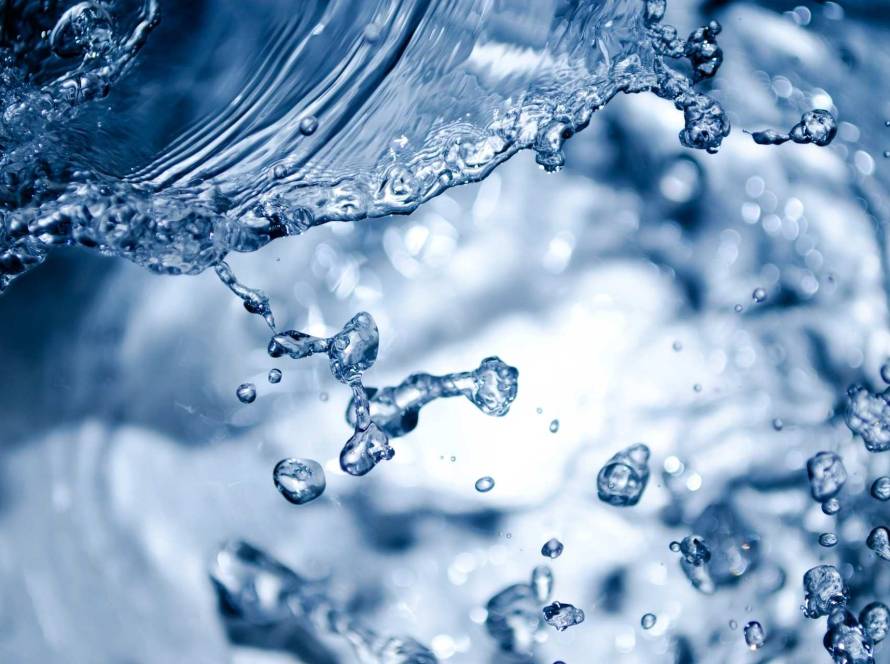Here’s something that might surprise you: 80% of the skin changes we blame on aging actually come from ultraviolet rays. This fact brings up a vital question: does sunscreen slow down aging?
The science now gives us a solid answer. Studies show that people who used sunscreen regularly showed 24% less skin aging than occasional users. The results get even better, daily sunscreen users showed no visible signs of aging after 4.5 years.
Let’s get into the science behind sunscreen’s age fighting powers in this piece, learning the right way to apply it and discover research backed ways to shield your skin from early aging.
The science behind skin aging
Skin aging happens through three main pathways at the cellular level that work together to speed up the aging process.
DNA damage occurs directly when UV radiation hits skin cells and specific mutations pile up as time passes. UV rays that penetrate the skin lead to cyclobutane pyrimidine dimers (CPDs) formation. This damage builds up slowly because our bodies can only fix some of the affected DNA, not all of it.
Collagen’s role in skin aging is a vital one. Studies show that UV exposure reduces the synthesis of type I and III collagen by a lot. Two distinct mechanisms cause this reduction: cellular fibroblast aging and decreased mechanical stimulation.
The third pathway involves oxidative stress and free radical formation. UV light interacts with cellular chromophores including melanin, riboflavins and porphyrins. This triggers reactive oxygen species (ROS) production. ROS cause extensive damage to cellular components, including:
- DNA modifications and strand breaks;
- Protein oxidation affecting structure;
- Lipid peroxidation in cell membranes.
UV damage, collagen breakdown and oxidative stress work together to accelerate skin aging dramatically when skin isn’t protected from the sun. This explains why proper UV protection is essential to maintain youthful skin.
Latest research on sunscreen’s anti-aging effects
Science has shown that sunscreen plays a vital role in stopping premature aging.
Key findings from clinical studies
A breakthrough trial with 32 participants who used broad spectrum SPF 30 sunscreen daily for 52 weeks showed big improvements in skin texture and clarity. 100% of participants saw better skin texture and clarity when the study ended. The researchers also found major improvements in mottled pigmentation, with a 52% mean improvement from where they started.
Visible differences in protected vs unprotected skin
Scientists spotted clear contrasts between protected and unprotected skin areas. They found several aging signs in unprotected skin:
- Increased melanization;
- Thickened stratum corneum;
- Elevated tenascin expression;
- Reduced type I procollagen.
The areas where people kept using sunscreen didn’t show these changes. The most convincing proof comes from looking at unexposed skin areas of elderly people, which barely show any signs of photoaging.
Statistical evidence of aging prevention
Numbers paint a clear picture of how well sunscreen works. Researchers tracked 903 participants under age 55 and found that daily sunscreen users showed 24% less skin aging compared to occasional users. A follow up study on broad spectrum sunscreen containing antioxidant and anti-aging active ingredients can effectively reduce extrinsic aging.
How different sunscreens fight aging
Sunscreen technology now uses two different approaches to fight skin aging. We can see the difference between mineral and chemical filters that protect skin from UV damage in their own unique ways.
Mineral vs chemical filters
Mineral sunscreens create a physical barrier with zinc oxide and titanium dioxide that reflects UV rays away from the skin. These ingredients don’t sink into the skin but stay on the surface and start protecting right after you apply them.
Chemical sunscreens work like UV sponges and contain compounds such as avobenzone and octisalate that absorb harmful rays and turn them into heat.
Both types work well to prevent aging, but mineral sunscreens usually cause less irritation and work better for sensitive skin.
Understanding SPF ratings
The Sun Protection Factor (SPF) shows how well a sunscreen blocks UVB rays that cause sunburns and age your skin. SPF indicates how much longer you can stay in the sun without getting sunburned compared to not wearing sunscreen. For example:
- If you usually start to burn after 10 minutes of sun exposure without sunscreen, an SPF 30 sunscreen would theoretically allow you to stay in the sun 30 times longer (5 hours) without burning.
Dermatologists suggest using water resistant, broad spectrum sunscreen of at least SPF 30. You should reapply it every two hours when you’re in the sun.
Broad spectrum protection mechanisms
Broad spectrum protection fights both UVA and UVB rays, which age skin in different ways. The best broad spectrum formulas combine multiple ways to protect. Zinc oxide and titanium dioxide provide detailed coverage by themselves, which explains why anti-aging formulas use them more often. Many modern sunscreens add antioxidants that fight free radicals to defend better against environmental damage.
New innovations have brought us tinted sunscreens containing iron oxides and pigmentary titanium dioxide. These help protect against visible light, that is another reason why skin ages. These formulas give detailed protection and match different skin tones.
Timing and reapplication guidelines for sunscreen
Your skin needs 15-30 minutes to create a protective barrier before sun exposure. This absorption time lets the active ingredients bind properly to your skin. No sunscreen will protect you all day, whatever its SPF rating.
You need to reapply based on your activities:
- Every 2 hours during regular outdoor exposure;
- Every 4-6 hours when indoors near windows;
- Immediately after towel drying or excessive sweating.
Water resistant formulas work for either 40 or 80 minutes while swimming or sweating. Check your sunscreen’s water resistance rating and set reminders to reapply. This schedule helps prevent premature aging, even on cloudy days or during indoor activities.
Common myths about sunscreen and aging
Let’s tackle some stubborn myths that don’t deal very well with proper sun protection and cause premature aging.
“Sunscreen is only needed on sunny days.”
This popular myth ignores the significant fact that UV radiation can penetrate up to 80% through thin clouds. Studies show that snow reflects up to 80% of UV rays and increases exposure in winter months.
“Darker skin tones don’t need sunscreen.”
Melanin in the skin provides some natural protection against UV radiation, but it doesn’t offer complete immunity to UV damage for individuals of any skin tone. Clinical studies have highlighted some specific challenges that individuals with varying skin tones may face:
- Higher risk of advanced stage melanoma diagnosis;
- Increased susceptibility to hyperpigmentation.
“Higher SPF means all day protection.”
Dermatological research confirms sunscreen loses its effectiveness after two hours, regardless of SPF rating. Chemical and mineral sunscreens both follow this rule as their protective abilities decrease through environmental factors, sweat and natural breakdown. High SPF products create a false sense of security that guides people to stay longer in the sun, which increases UV damage.
Science proves how sunscreen fights premature aging. The right application can stop visible aging signs over the last several years, because sunscreen blocks three main aging pathways from UV exposure: direct DNA damage, collagen breakdown and oxidative stress. This triple shield protection makes dermatologists call it one of the most powerful anti-aging tools you can use.


